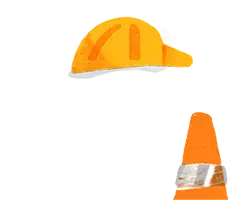Part 10Institutions
Employment Relations Authority
185Staff of Authority
The chief executive may from time to time designate such number of employees of the department to act as officers of the Authority as may be required.
The officers designated under subsection (1) must act under the general direction of the chief executive.
The department is to provide such other employees as may be required to provide the Authority with such services and resources as may be necessary to enable it to effectively perform its functions and exercise its jurisdiction.
Subject to section 153(6), any employee designated under subsection (1) or provided to the Authority under subsection (3) may also hold any other office or position in the department.
Compare
- 1991 No 22 s 101


